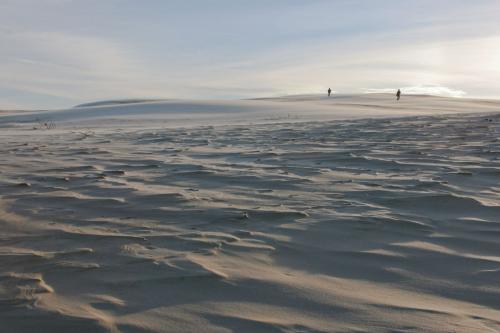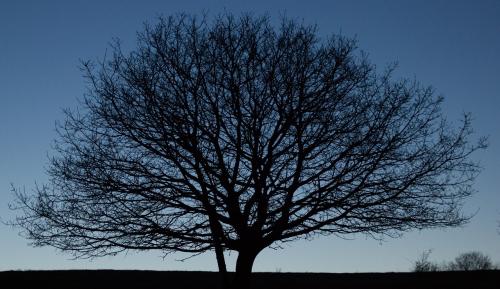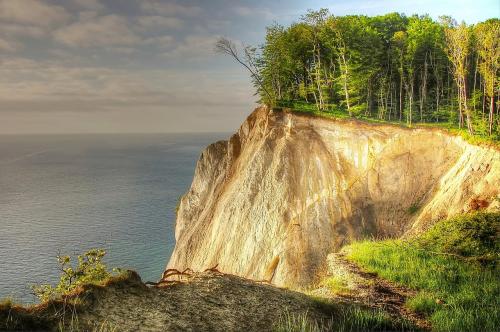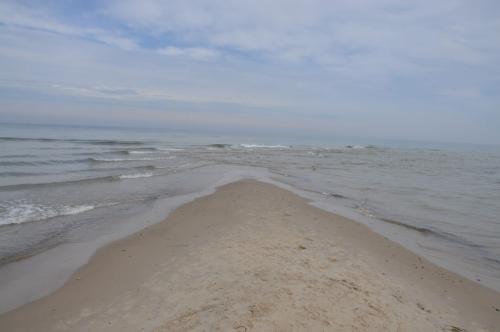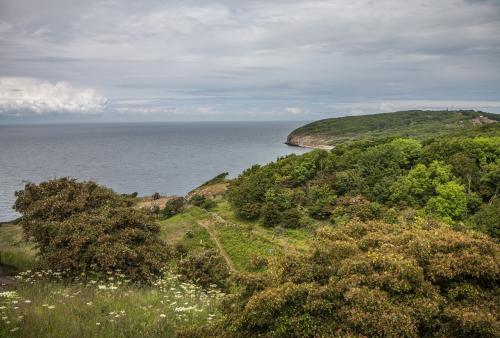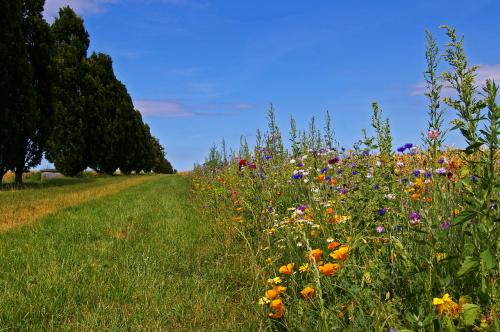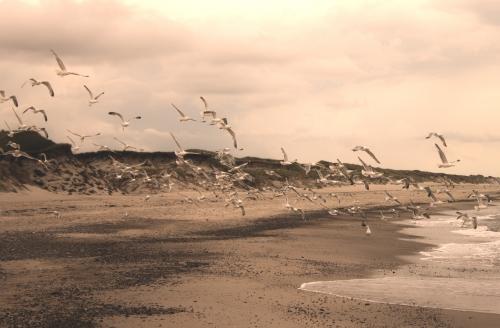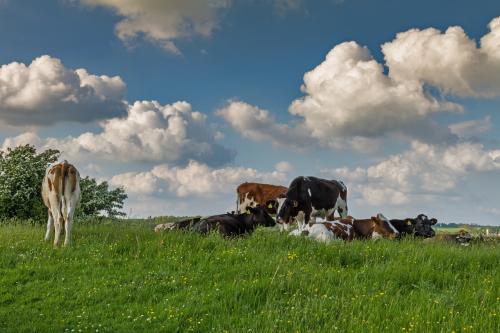Danish Nature
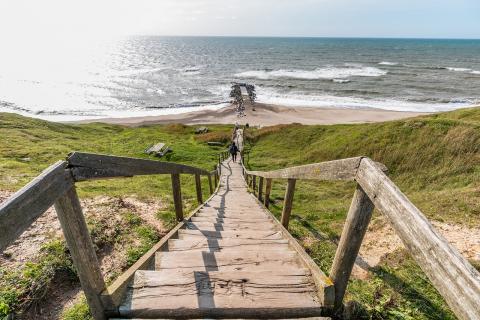
Most of territory of Denmark lies on wavy planes and low steep hills here and there. The highest natural point is on the Møllehøj Mountain that is 170.86 m (561 ft.) tall. On the other hand Yding Skovhøj Mountain is higher by 1.8 m (3.2 ft.) due to Bronze Age burial mount on its summit.
Due to absence of natural obstacles warm oceanic air masses influence weather of Denmark. Hence climate here is mild with mild winters, cool summers and prolonged transitional seasons. Average temperature of February is 00C (320F) and at July air warms up to 17-180C (62-640F). Most of a year there are strong western winds. Annual amount of precipitation varies from 800 mm (31.4 inches) in northern Jutland to 450 mm (17.7 inches) on coasts of the Grate Belt strait.
Places of Denmark
Denmark is one of the smallest of Scandinavian country nevertheless it is full of wonders of nature. Gentle slopes of vivid green hills, peaceful islands and vast expanse under azure sky are attracting millions visitors.
Råbjerg Mile
Who would think that 1 000 m (3280 ft.) long and 1 000 m wide pile of sand can be interesting? And still Råbjerg Mile is one of the most beautiful and most fascinating formations. Its height is 40 m (131.2 ft.) a.s.l. and it consists of 4 million m3 (over one billion gallons) of sand. Moreover the dune drifts for 15 m (49.2 ft.) per year in manner of peculiar century-old creature.
Mols bjerge National Park
180 km2 (69.4 sq mi) of wavy lands were formed under influence of colossal drifting glaciers over millions of years. There are populations of dozens of unique species, inimitable geological formations and scattered cultural sights of Bronze Age and later times.
Møns Klint chalk cliffs
Plumb white cliffs of the Møn Island are unique. They were included into UNESCO World Heritage list. They are 130 m (426.5 ft.) high and formed out of chalk deposits in the Baltic Sea over 70 million years ago. The island offers variety of other activities in peaceful beech woods, on clean beaches and cozy valleys.
Grenen
Grenen is 4 km (2.4 mi) long curved piece of sandy land that came into being from collision of two seas. Waters of Skagerrak and Kattegat straits are colliding into wild turbulences. Power of nature is so strong that swimming in Grenen is prohibited. Nevertheless sheer uniqueness of this place makes it worth visit.
Flora of Denmark
Floral variety of Denmark is humble. There are about 1500 species of plants. Only 10% of territory of the country is covered with forests and most of them were planted. Mentioned features are explained by intense agricultural activity and absence of tall mountains that are usually served as natural preserves of woods.
Except beech Danish forests consist of pines and spruce, oaks and birches, chestnut-trees and lime-trees, maples and hazelnuts. Oak is represented by English oak in lowlands and rocky oak on hills. Artificial plantations mostly consists of pine, spruce, silver fir and larch. Northern and eastern parts of Jutland are moorlands.
Fauna if Denmark
After general deforestation in XIX century many animals in Denmark lost their natural habitat. Plowing of valleys affected fauna as well as drying of swamps and straightening of rivers. But despite past anthropogenic influence there are still 424 species of vertebrate animals. This number includes:
- 209 species of birds;
- 49 species of mammals:
- 5 species of reptiles;
- 14 species of amphibians;
- 110 species of sea-water and 37 species of fresh-water fish.
Also there are 21 000 species of invertebrates including 18 000 species of insects. To avoid total extermination the state carefully protects wildlife. Unfortunately wolves, beavers, sturgeons and many other animals were lost. Majority of saved mammals are small such as foxes, badgers, hares, squirrels and hedgehogs. Biggest mammals are roes and deers.
Most of territory of the country is agricultural ground that provides shelter and food for nightingales, herons and white storks. Towns and cities are home for doves and magpies, sparrows and tomtits, thrushes and starlings.
 Seasons of the Year
Seasons of the Year 